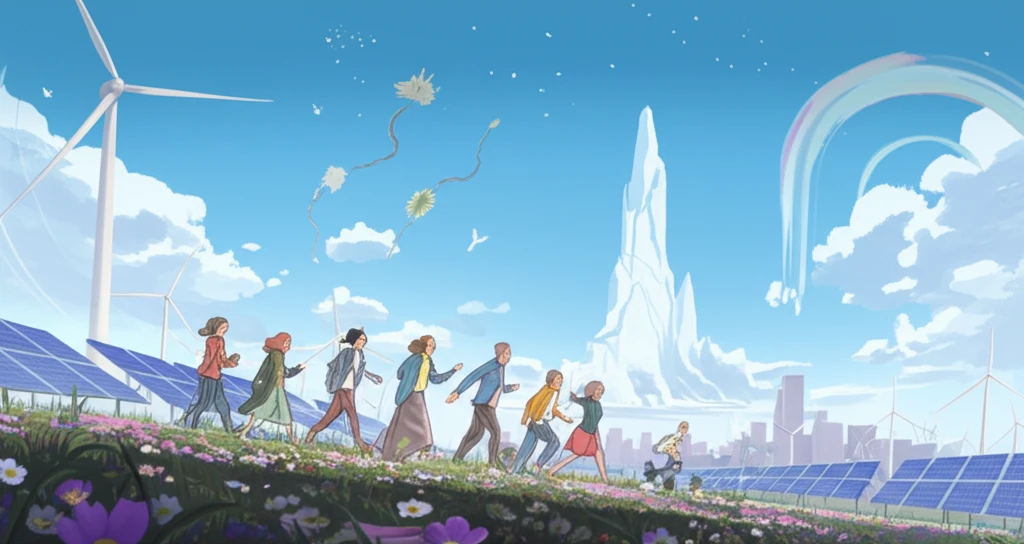
Decoding Climate Action: How Social Movements Shape Environmental Policy
"Unveiling the impact of civil society on national climate change strategies. Are grassroots efforts truly driving policy?"
In an era defined by escalating environmental concerns, the influence of social movements on governmental policies has never been more critical. Activists, community groups, and non-governmental organizations (NGOs) are increasingly vocal in demanding action on climate change, pushing for comprehensive policy reforms and sustainable practices. But how effective are these movements in truly shaping national climate policy?
The interplay between social activism and policy development is complex. While governments often set the overarching frameworks for environmental regulations, the impetus for change frequently originates from grassroots movements. These movements raise awareness, mobilize public opinion, and apply pressure on policymakers to prioritize climate action. Understanding this dynamic is crucial for anyone seeking to comprehend the trajectory of environmental governance.
This article delves into the multifaceted relationship between social movements and climate policy, examining how civil society efforts translate into tangible governmental actions. By exploring the various mechanisms through which social movements exert influence, we aim to shed light on their pivotal role in driving environmental policy changes.
The Mechanisms of Influence: How Social Movements Impact Climate Policy

Social movements employ a range of strategies to influence climate policy, each with its own strengths and limitations. Understanding these mechanisms is key to appreciating the full scope of their impact:
- Public Preference: By raising awareness and shaping public opinion, social movements can create a groundswell of support for climate action. This public pressure can then translate into policy changes as elected officials respond to the demands of their constituents.
- Political Access: Social movements seek to gain access to policymakers and participate in the policy-making process. This can involve lobbying, testifying before legislative committees, and engaging in consultations with government agencies.
- International Politics: Social movements often work across borders to coordinate their efforts and influence international climate negotiations. By building alliances with international organizations and other social movements, they can amplify their voice and exert pressure on national governments.
- Judicial Mechanism: Social movements may use legal challenges to hold governments and corporations accountable for their environmental impacts. Lawsuits can force polluters to clean up their act and compel governments to enforce environmental regulations.
The Path Forward: Strengthening the Role of Social Movements in Climate Action
Social movements are essential drivers of climate policy, but their effectiveness depends on various factors, including the political context, the level of public support, and the strategies they employ. To maximize their impact, social movements must continue to adapt and innovate, building broad-based coalitions and leveraging a diverse range of tactics. By working together, civil society organizations can create a more sustainable and equitable future for all.
